25 Important Churches in Rome to Visit for Their Art, Beauty and History
The upside of the mediaeval Roman Catholic Church’s immense wealth was its ability to support hundreds of artists, including masters of painting and sculpture, like Raphael, Michelangelo, Caravaggio and Bernini. Many of the basilicas and churches that house their work still cost nothing to visit today. There are close to 1,000 of them in the city, however, so how is one to choose?
This list of churches in Rome to visit shows suggests where you can see beautiful mosaics, paintings, sculptures, ancient Roman ruins and significant relics, grouped according to their location, and how to reach them using public transport. There’s also a map that I created and used at the end of the post. Take your pick and have fun exploring!
Churches in Rome: Vatican City and Trastevere
I know Vatican City is its own state but it’s within the current city boundaries, so I’m still including it!
St Peter’s Basilica
St Peter, the first Pope and Bishop of Rome, was martyred in Trajan’s circus and buried in the Vatican necropolis. Over the centuries, the shrine over his tomb evolved into the enormous complex that we see today. The current basilica, the second on the site, was designed in parts by the likes of Bramante, Raphael, Michelangelo, Maderno and others. While the Pope lives in the Vatican, this is not the Mother Church or the cathedral of Rome; that title goes to San Giovanni in Laterano. It still draws millions of tourists and pilgrims, though, so before you go, see the post on how to skip the queue to enter St Peter’s Basilica.
Nearest metro: Ottaviano
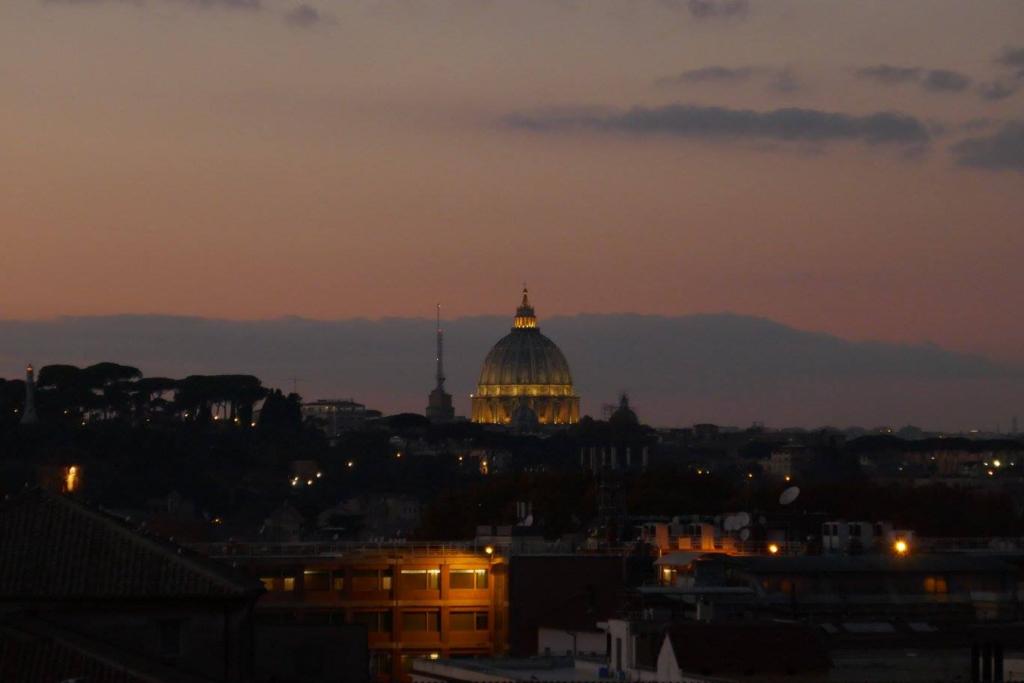
Sistine Chapel
The Sistine Chapel, named after Sixtus IV, is the last stop on any visit to the Vatican Museums, which are among the most famous museums in Italy. On this list of churches in Rome to visit, it’s one of two that one usually has to pay to enter. The first hour of the morning is the only time there isn’t a sea of people waiting to see Michelangelo’s ceiling frescoes and The Last Judgment. Since 1492, the conclaves that elect new Popes have taken place here; naturally, the chapel is off-limits during those periods.
Nearest metro: Cipro/Ottaviano
Santa Cecilia in Trastevere
The church was founded on the site of St Cecilia’s residence. Since the 9th Century, it has also housed the martyr’s relics. In 1599, Stefano Maderno witnessed the opening of her tomb and the incorrupt corpse; after that, he created the sculpture that stands under the altar. The crypt is also beautifully decorated – once one gets past the Roman house foundations. To gain a better view of the 13th-Century Cavallini mosaics, enter the monastery to the left and take the lift upstairs.
Nearest tram stop: Trastevere (Mastai)
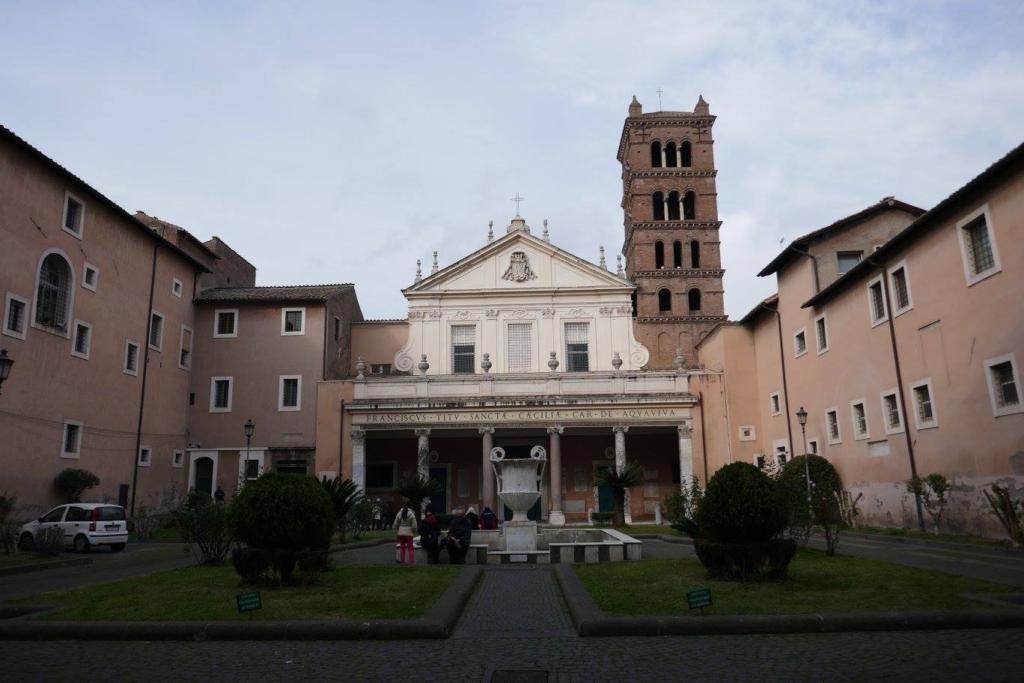
San Francesco a Ripa
One of Bernini’s last works was the tomb of the beatified Roman noblewoman Ludovica Albertoni. One won’t find Giorgio de Chirico’s surreal paintings here, but his grave is in a chapel to the left.
Nearest tram stop: Trastevere (Mastai)
If you work out an appetite exploring all these churches, check out What and Where to Eat in Rome.
Around Piazza della Rotonda
N.B. No metro lines run through this area, but you can take the bus to the Argentina stop and walk to the churches.
Pantheon (Santa Maria Rotonda/Santa Maria ad Martyres)
From 2018, it costs 3 euros to step into the Pantheon. The former Roman temple is now a working church, but tourists don’t know how to be quiet. Instead of statues of Roman gods, there are tombs of artists like Raphael and Corelli and Kings Umberto I and Vittorio Emanuele II. And then there’s that dome, the inspiration of engineers and countless buildings all over the world.
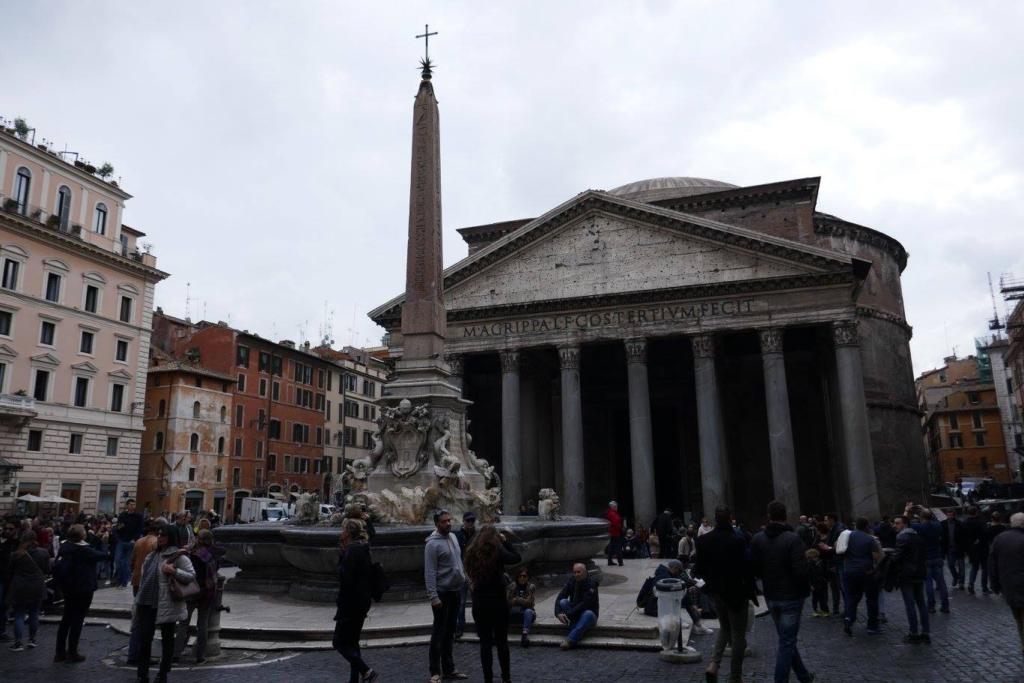
Sant’Agnese in Agone
What’s outside the church that was built on the site of St Agnes’ martyrdom matters as much as what’s inside. The design of the facade means one can stand in front of the church and still see the dome. Bernini’s Fountain of the Four Rivers, which features in Dan Brown’s Angels & Demons, is probably what draws most of the non-Catholic tourists. Her relics, including her alleged skull, are in a silver shrine.
San Luigi dei Francesi
Named after King Louis IX, this is the national church of France in Rome. It explains the presences of the statues of St Denis and Charlemagne. The biggest crowd congregates in the transept to the left to see Caravaggio’s three paintings of the life of St Matthew. From left to right, they are The Calling, The Inspiration and The Martyrdom.
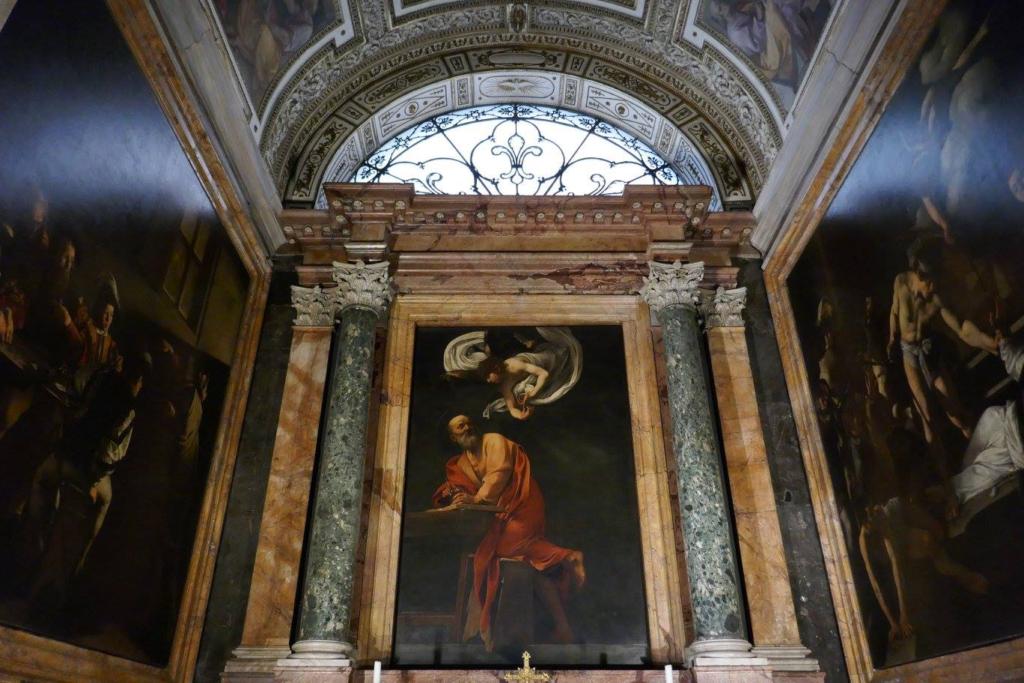
Santa Maria sopra Minerva
Built over a temple dedicated to the goddess Isis and not Minerva as the name suggests. The Basilica is probably most famous for Michelangelo’s sculpture of Christ the Redeemer. It’s the one on the left of Jesus Christ clinging to a cross. Other renowned works include the Filippino Lippi-decorated Carafa Chapel on the right and the Memorial to Maria Raggi that Bernini sculpted.
Near Campo de’ Fiori
N.B. No metro lines run through this area but the churches are also walking distance from the Argentina bus stop.
Il Gesu
The mother church of the Society of Jesus a.k.a. the Jesuit order (to which Pope Francis belonged) is dedicated to the Holy Name of Jesus. It is also the prototype for the Baroque church – a relatively flat facade and a massive nave with no pillars or screens between the congregation and the altar. At that time (the Counter-Revolution), such church architecture was revolutionary. The decoration on the ceiling and the dome is sumptuous – use the mirror to save yourself a neckache. The transepts house the tomb of St Ignatius of Loyola, founder of the order, and St Francis Xavier, one of the first missionaries to the Far East.
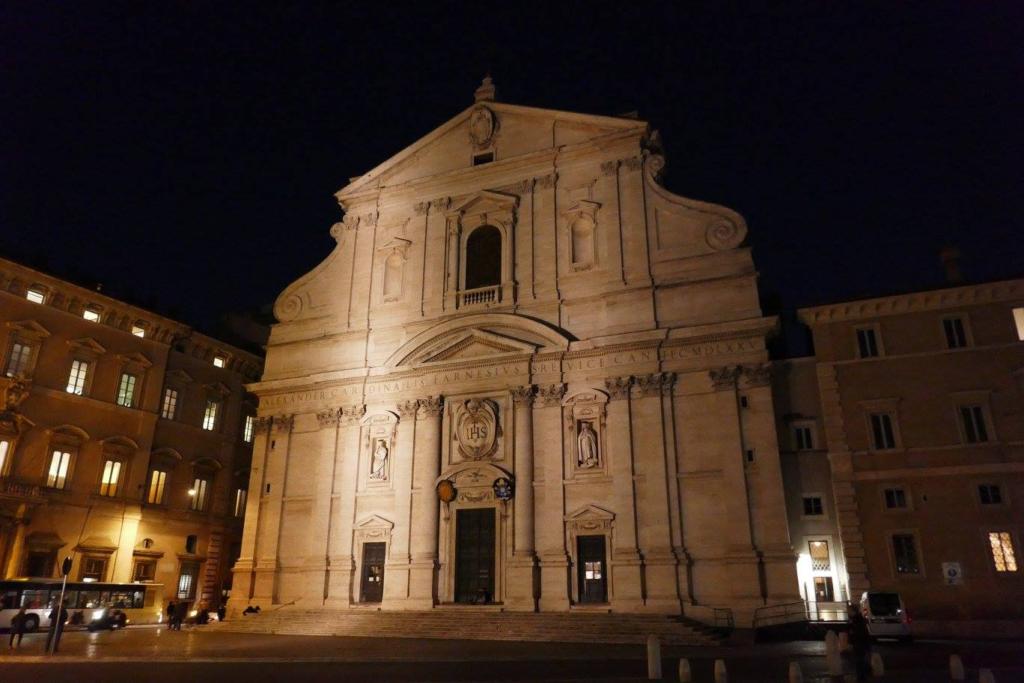
Sant’Andrea della Valle
A little way down the road from Il Gesu. Fans of classical music may recognise the Barberini Chapel as the inspiration for the Attavanti Chapel in Puccini’s opera Tosca. The massive painting of St Andrew the Apostle’s martyrdom dominates the altar, while the mirror allows visitors to admire the ceiling vault. The attendants here are refreshingly friendly and borrowing of the audio guides is free.
Santissima Trinita dei Pellegrini
In 2007, following Summorum Pontificum, Pope Benedict granted the Priestly Fraternity of St Peter this church for the celebration of Tridentine Mass, the pre-Vatican II liturgy. It is a feast for the senses, an incense-perfumed trip through time. Moments of silence alternate with exquisite musical settings that could have come straight from Heaven. Visually, there is little to distract from Guido Reni’s Altar of the Holy Trinity.
Around Termini
Santa Maria Maggiore
If one has ever sung the Christmas carol Away in a Manger, well, pieces of that very manger are in this sanctuary. Besides being one of four Major Basilicas, it’s also one of the traditional seven churches that pilgrims visited. Another important religious artefact is the thousand-year-old icon of Salus Populi Romani, a reportedly-miraculous painting of the Madonna. The mosaics date in the nave and triumphal arch from the 5th Century, while Bernini and his father are buried under discrete marble steps to the right of the altar. Expect a bag check and a military presence in the square outside.
Nearest metro: Termini/Vittorio Emanuele
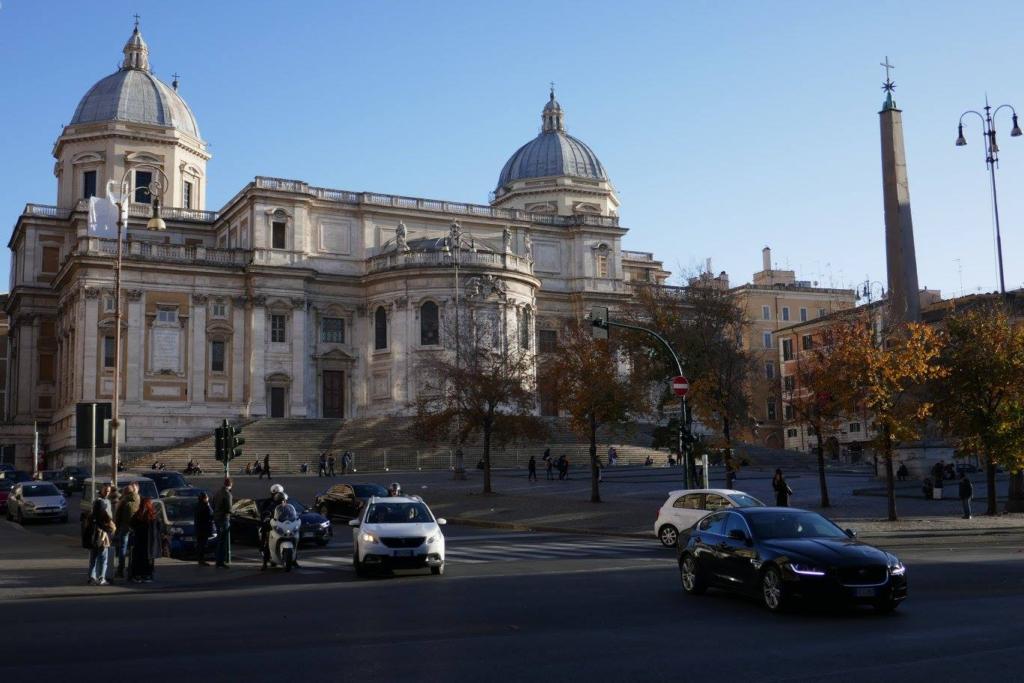
Santa Pudenziana
Santa Pudenziana is the oldest church in Rome; proof of this is in the entrance, which is a couple of storeys below the present-day street level. It dates from the 2nd Century while the mosaics in the apse are from the 4th Century. It caters to the Filipino community. The right side and parts of the apse were built on the remains of a Roman bathhouse.
Nearest metro: Termini/Vittorio Emanuele
Santa Maria degli Angeli e dei Martiri
Michelangelo designed this basilica within the ruins of Diocletian’s baths. It’s impossible to miss the bare stone facade from Piazza del Repubblica. Other parts of the ruins also house the National Roman Museum. Francesco Bianchini designed the meridian line that cuts across the transept and apse of the church. At solar noon, the sun shines a spot on the line through a small hole in the south wall. Its position would indicate the day of the year, and it was useful in checking the accuracy of the Gregorian calendar.
Nearest metro: Repubblica
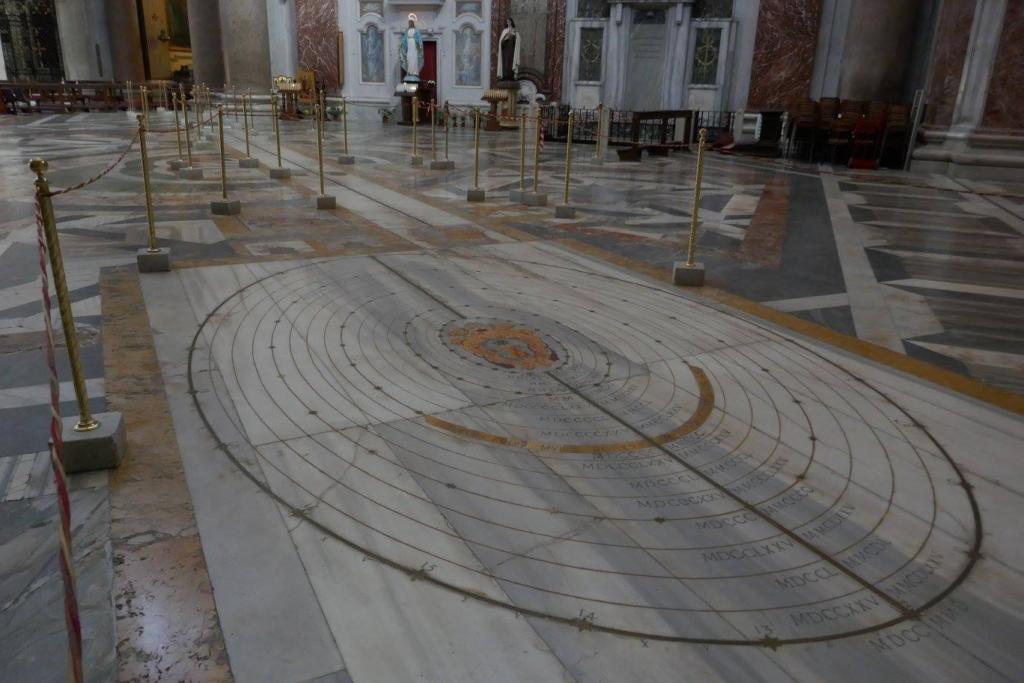
Santa Maria della Vittoria
Another of the Angels & Demons churches; Bernini’s Ecstasy of St Teresa is in on the right. Frankly, it’s the sole reason the church is on this list. The artwork elsewhere is beautiful, though, especially the ceiling vault depicting The Virgin Mary Triumphing over Heresy and Fall of the Rebel Angels.
Nearest metro: Barberini
Santa Maria della Concezione dei Cappuccini
The crypt of the Capuchin church is popular with visitors. The mummies and the sculptures put it on par with the bone chapels in Evora, Faro and Kutna Hora. As for the church, it houses Reni’s painting of St Michael the Archangel.
Nearest metro: Barberini
Near the Colosseum
San Pietro in Vincoli
Pilgrims go to “the other St Peter’s” to see the manacles that once bound the first Pope. After that, they and other tourists flock to the right-side aisle to see Michelangelo’s horned Moses statue. It’s part of a massive wall tomb that Pope Julius II commissioned for himself, but he ended up in the Vatican Grottoes instead. The master’s apprentice, Raffaello da Montelupo, sculpted the statues of Leah and Rachel on either side. There were other statues of slaves that were also intended for the tomb; they are now in Florence’s Palazzo Vecchio and the Louvre.
Nearest metro: Cavour
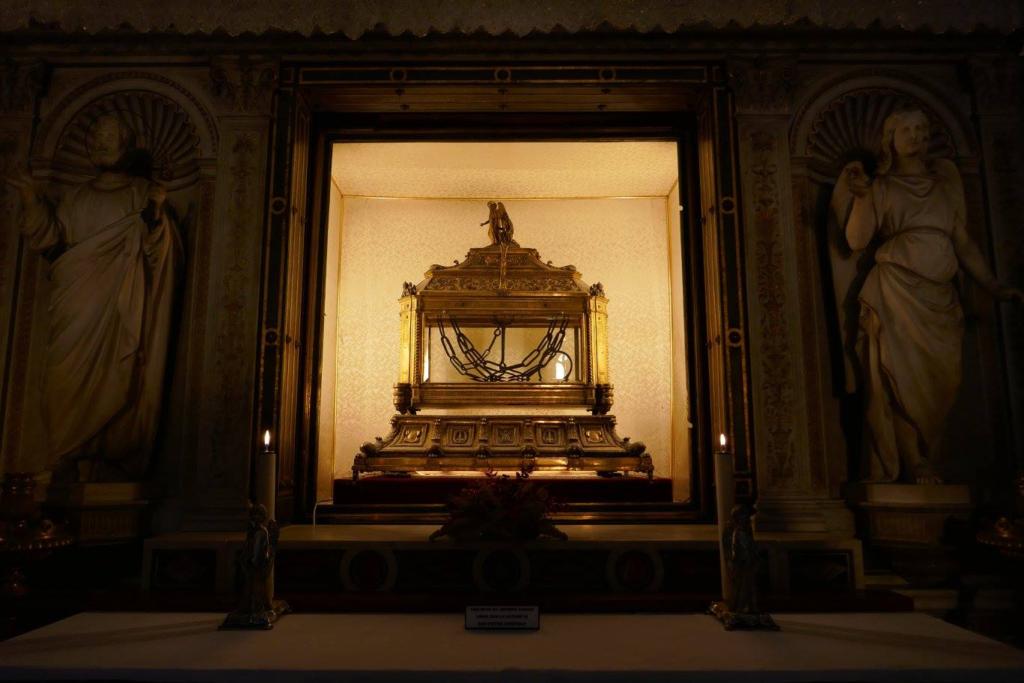
Santa Maria in Cosmedin
There’s usually a long line out here; however, it’s not to enter the church. Instead, it leads to Bocca della Verita, a Roman mask that appeared in the film Roman Holiday. If you can wait long enough for the photo op (and if you dare), put your hand in its mouth. As for the church itself, it reuses ancient Roman columns from the statio annonae. If you despise Valentine’s Day, you may want to direct your anger at the saint’s supposed skull. Also, the bookshop displays a mosaic from the old St Peter’s Basilica (the building that made way for the Basilica at the start of this post).
Nearest metro: Circo Massimo
San Clemente al Laterano
There are several layers of history here: the 12th-Century church that we see today, the former house-turned-basilica in the crypt, a Mithraeum in the basement of that house, and beneath all these, republican-era foundations. To see the ruins, the altar to Mithras and the ancient wall paintings, it costs 10 euros. However, if you’re claustrophobic, the above-ground church and its gilded interior are free.
Nearest metro: Colosseo
San Giovanni in Laterano
The cathedral of Rome and the universal Mother Church is naturally also one of the pilgrim churches. It bears the title of Archbasilica, and it outranks even St Peter’s in the Vatican. Expect an army presence outside; inside, expect larger-than-life statues of the apostles (sans St Matthias) and St Paul. The white Papal throne behind the high altar does not have a hole in its seat, unlike its predecessor in the Vatican Museums.
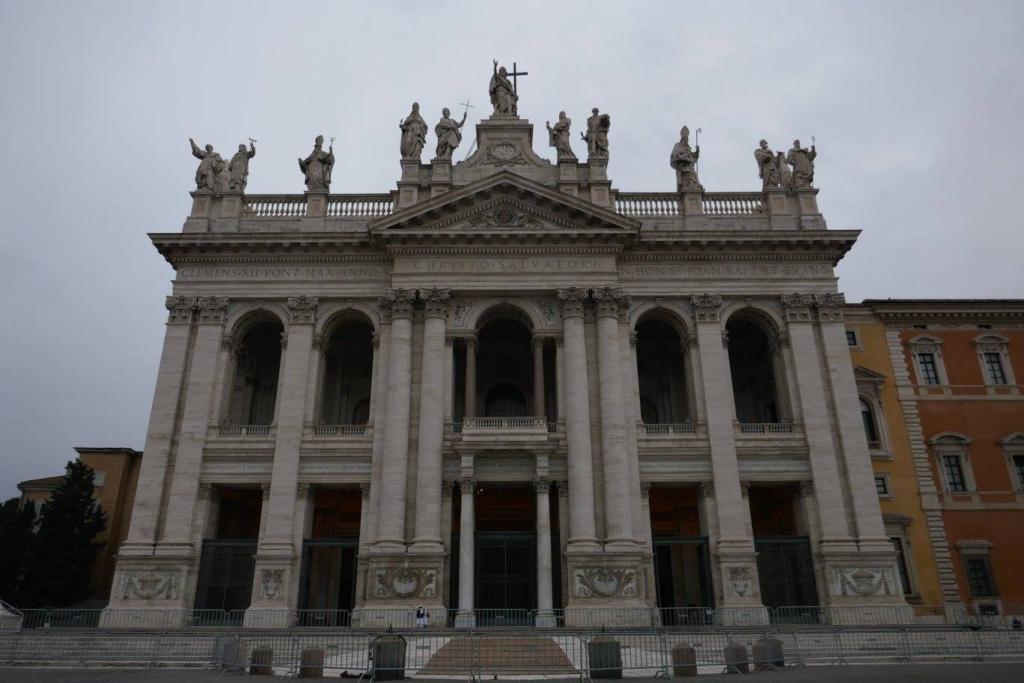
Scala Sancta
Across the street from the Lateran basilica are the Scala Sancta (Holy Stairs) and Sancta Sanctorum, the former private papal chapel. The stairs are believed to be from Pontius Pilate’s praetorium and thus the same steps that Jesus climbed during his passion. Empress Helena brought them back from the Holy Land and pilgrims now ascend it on their knees.
Nearest metro: San Giovanni
Santa Croce in Gerusalemme
I’m putting this here because (1) It was formerly Empress Helena’s Palazzo Sessoriano, (2) It’s a short walk from St John Lateran, (3) It houses the relic of the Title of the Cross, (4) It’s another of the pilgrim churches, and (5) There is a full-size replica of the Shroud of Turin; the original is revealed only on special occasions.
Nearest metro: Lodi/San Giovanni
Further Afield
Santa Maria del Popolo
Another church that became even more popular after Dan Brown’s Angels & Demons. Of the four sculptures in Raphael’s Chigi Chapel, Bernini was behind Habakkuk and the Angel and The Prophet Daniel. In the Cerasi Chapel, Caravaggio painted The Crucifixion of St Peter and The Conversion on the Road to Damascus. From here, it’s a 20-minute walk to Villa Borghese for more sculptures.
Nearest metro: Spagna
San Paolo Fuori le Mura
The last of the major Papal basilicas on this list and possibly the least crowded of the four. It’s also on the pilgrim route so there will be groups. Houses the relics of St Paul and also features portraits of every pope above the piers.
Nearest metro: Basilica San Paolo
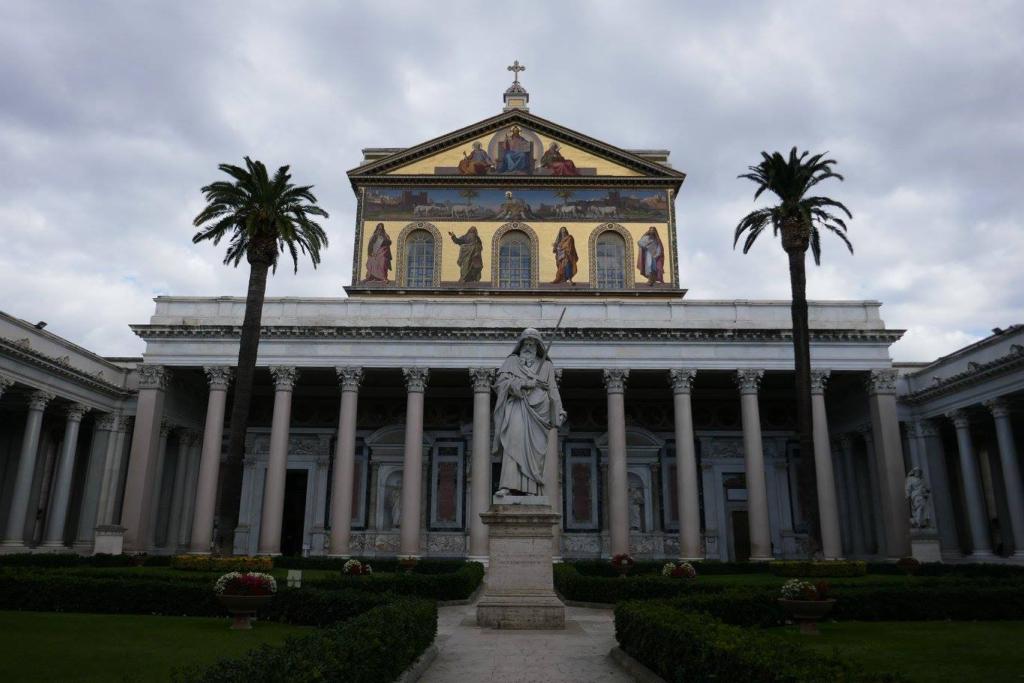
Domine Quo Vadis
Like St Paul’s, the tiny church was once outside the city limits. The tradition goes that when St Peter fled persecution in Rome, he met Jesus at this spot and asked, ‘Domine, quo vadis?’ (‘Lord, where are you going?’) Jesus replied he was going to Rome to be crucified again, so Peter returned to the city to face martyrdom. The footprints that are reputedly Jesus’s are probably a Roman traveller’s votive offering. Even though there is little else that is remarkable, it’s a convenient stop close to the Catacombs of St Callixtus.
Nearest metro: Garbatella (or take Bus No. 118 or 218 to Appia Antica)
San Sebastiano Fuori le Mura
The basilica was on the list of pilgrim churches before Pope John Paul II replaced it with the Sanctuary of Our Lady of Divine Love. Nonetheless, it’s also close to the St Callixtus catacombs. Another late Bernini work, Salvator Mundi, is in a niche to the right.
Nearest bus stop: Fosse Ardeatine
Tips for visiting churches in Rome
- Many churches close between noon and 3 p.m. Other times to avoid are the early morning, late afternoon and Sundays. Mass usually takes place at these times.
- Dress modestly – dresses, skirts and shorts should reach the knee. Shoulders and cleavage should be covered at least temporarily by a cardigan.
- Remove sunglasses, hats and caps upon entering the church.
- It is not necessary for non-Catholics to make the sign of the cross or genuflect facing the altar. However, respect the silence.
- Put the camera away if Mass is being celebrated.
- Do not line up for Holy Communion unless one is a baptised Catholic in a state of grace.
- While entry to most of the churches is free, bring some 2-euro coins. Some of them have coin-activated lights to illuminate the works of art. Consider this your donation towards their upkeep.
10/10/2018 @ 4:49 PM
I studied abroad in Arezzo and for my class in Rennaissance art we had to do a symposium project on a work of art or an artist. I chose the Horned Moses by Michelangelo! I saw it for the first time in person when my parents visited me and it was amazing! This post brings back great memories and I can’t wait to drag my husband to a bunch of churches in Rome when we visit in the Spring!
15/10/2018 @ 11:48 PM
There’s just no substitute (for now) for seeing works of art in the flesh. Hope your Spring trip goes well!
10/10/2018 @ 10:38 PM
I love European Catholic churches for the ornate and opulent architecture. My sister keeps raving about St. Peter’s Basilica when she went on her honeymoon! Thanks for the helpful tips at the end. When would be an ideal time to visit the churches in your opinion?
11/10/2018 @ 11:22 AM
I found that the majority were open between 9 and 11:30 in the morning and reopen between 3 and 5 in the afternoon. Just avoid local holidays and August (Italy is hot and stuffed with tourists at that time).
11/10/2018 @ 3:01 AM
I’m sad when i went to Italy so many years ago I only went to St. Peter’s in the Vatican, now I have this great list of churches for next time!
Cheers
Diana
11/10/2018 @ 10:13 PM
If you tossed a coin into Fontana di Trevi, there will be a next time! :)
11/10/2018 @ 6:53 PM
Wish I was older and more mature when I went to Rome. Would have loved to actually care to learn about all of the beautiful churches that I went to instead of just taken pictures. Great post
11/10/2018 @ 10:11 PM
Thanks! I hope your pictures give you a starting point to find out more about those churches that you visited.
12/10/2018 @ 1:43 AM
I’m a big fan of the architecture of old Catholic churches. I visited all of these and I believe you compiled an amazing list here. Great job!
12/10/2018 @ 8:43 AM
Thanks, glad to have your backing!
The Best Things to Do and See in Rome and Vatican City
23/10/2019 @ 12:05 AM
[…] built to worship the Roman Gods but eventually it was turned into a Catholic Church (read about the best Roman Churches here!) in the 7th […]
35 Things to do in Rome, Italy - The Rome Bucket List - Life in Italy
07/09/2021 @ 5:57 AM
[…] two squares of Trastevere are Piazza di Santa Maria and Piazza Trilussa. One of the oldest churches of Rome is placed at the Piazza di Santa Maria, dating to the 3. […]